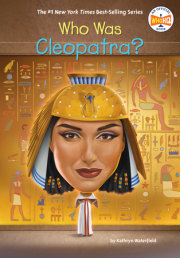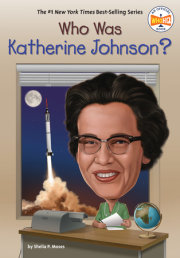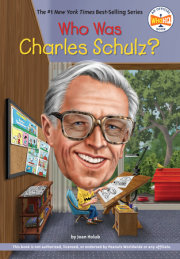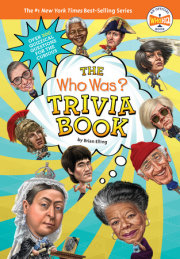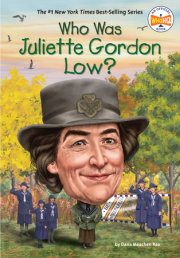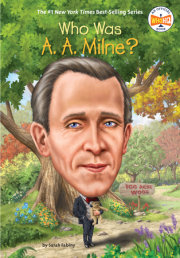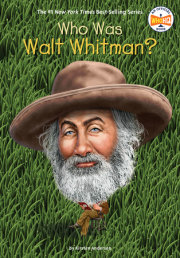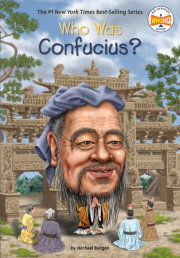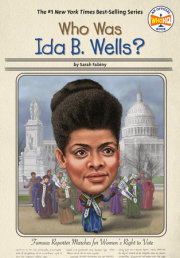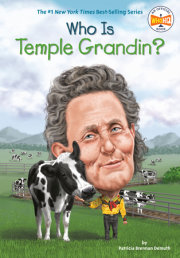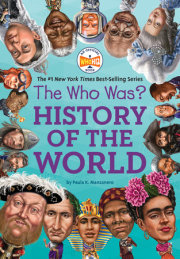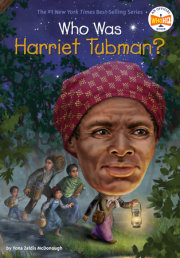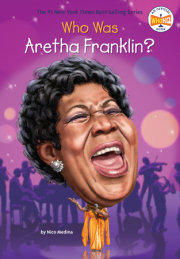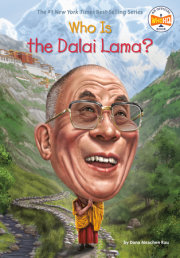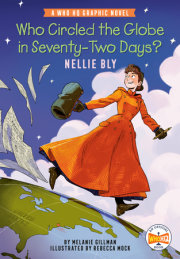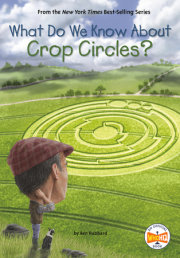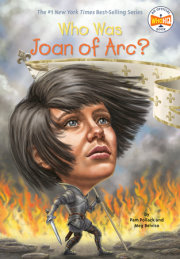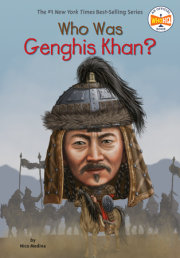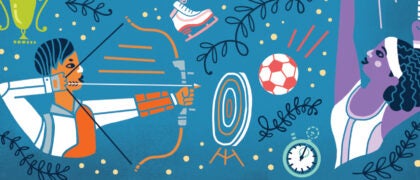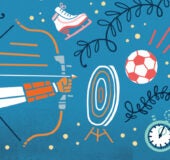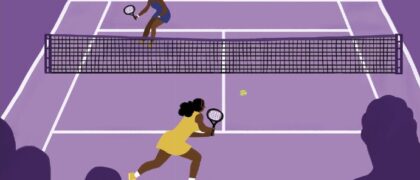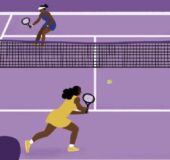Who Are Venus and Serena Williams? At the 1999 Lipton Championships tennis tournament in Florida, eighteen-year-old Venus Williams stared across the net at her opponent. It was the final match. Venus had won this same tournament a year earlier. She was moving up the world rankings and was among the top young players in the world. Her opponent was pretty good, too. She had won sixteen straight matches, the most in the world at that time, and she was also Venus’s younger sister, Serena. Off the court, they were family. On the court, they were rivals.
This was a historic match. It was the first time that sisters had faced off in a major professional tennis tournament final since 1884! Tennis fans around the world were thrilled to watch these two young stars battle. (Earlier in the year, the two sisters had each won a tournament on the same day—a first in world tennis!)
At the Lipton Championships in Florida, both players wanted to win, but both also knew they would feel bad for whichever sister lost.
“Why would I want that to come between someone who has always been around, always been a very special friend for me? I couldn’t imagine that and I don’t think she could either,” Serena said.
The sisters knew they would still love each other no matter what. But . . . someone had to win and someone had to lose.
A player who wins six games wins a set, and Venus, a year older and more experienced, won the first set, six games to one. Women’s tennis matches are best-out-of-three sets. Serena roared back to win the second set, six games to four. Tied at one set apiece, whoever won the third and deciding set would be the champion. In that third set, the sisters were tied at four games apiece when Serena made several errors. That gave Venus an opening. She won two straight games, giving her the set and the match.
That championship match in Florida was the first of what would become twenty-seven sister vs. sister matches over the course of their careers. When they were not playing each other, Serena and Venus Williams beat just about everyone else they played.
Together, the Williams sisters have transformed tennis. Both have been ranked No. 1 in the world and both have rooms full of trophies and championship medals. Their powerful styles of play have changed women’s tennis forever. Their fashion sense and drive to win have made them heroes and role models to millions. Their African American heritage also stands out in a sport that has traditionally been nearly all white.
It hasn’t always been easy. They have battled injuries and illness, faced tragedy, and dealt with racism. Along the way, there were some people who didn’t want them to succeed.
But Venus and Serena just keep playing. They are determined not to let anything stop them from winning. Not even each other.
Chapter 1: Cracked Courts Richard Williams was a divorced father of six children when he met Oracene Price in 1979. Oracene already had three daughters of her own—Yetunde, Lyndrea, and Isha. Her first husband had died in 1979. When Oracene became pregnant, she and Richard were married. Their first daughter together, Venus Ebony Starr Williams, was born on June 17, 1980. Richard and Oracene briefly moved their family to Michigan, Oracene’s home state. While they lived there, their second daughter, Serena Jameka Williams, was born on September 26, 1981.
Soon after, Richard moved the whole family back to California, to a city south of Los Angeles called Compton.
One day, Richard, who ran a security guard company, got an amazing idea. He was watching a tennis tournament on TV. The winner received a check for a lot of money. Richard decided that his daughters could be tennis champions, too. He dedicated himself to learning all he could about the game and planned to coach his daughters to become superstar players. He even wrote a book that outlined all that they would have to learn about tennis . . . and how he could teach them.
Richard first tried to get his stepdaughters into tennis, but they didn’t take to it like his youngest two daughters did. By the time Venus was four years old, she was hitting hundreds of tennis balls a day. Richard says that she would cry when he said it was time to stop. A year later, Serena joined her sister and took lessons from their father as well.
The courts where they played in Compton were cracked concrete. Weeds and grass often grew up in the cracks, and broken glass littered the corners. The tennis nets were held up with chains and rope.
The fence around the courts was rusty and broken in places. It was a far cry from the perfect courts at tennis or country clubs where many young people learned the game.
The neighborhood around the courts was not much better. Compton was a dangerous place. Many gang members lived there and often caused trouble. Occasionally, the girls heard gunfire near the courts.
“At first,” Serena wrote later, “I just thought someone was setting off firecrackers or popping some balloons, but once I learned what the sound meant, it would shake me up pretty good.”
Richard collected tennis balls he found near the courts or bought at garage sales. He filled several milk crates with balls and took them to the court for the girls. Sometimes he would roll the crates to the court in a shopping cart. He would do whatever it took to help Venus and Serena become better tennis players. Richard had said that he even lost some teeth fighting to keep the courts safe for the girls!
But as the little girls practiced and practiced, the court slowly became a safer place. Neighbors remember young gang members even standing outside the courts to protect the girls and their dad while they practiced.
Oracene, who worked as a nurse, focused on the girls’ home life away from the tennis court. She inspired them to become part of her church, the Jehovah’s Witnesses.
All five of Oracene’s girls attended meetings at Kingdom Hall on Sundays and sometimes during the week as well. Venus and Serena put in the effort to do what their faith asked of them.
That included knocking on strangers’ doors together, telling people about their faith, and trying to convince them to join their congregation. “People slam doors on us,” says Serena, “but that’s their problem. We don’t take it personally.”
Their faith remains a big part of the Williams sisters’ lives.
Copyright © 2017 by Penguin Random House LLC. All rights reserved. No part of this excerpt may be reproduced or reprinted without permission in writing from the publisher.










